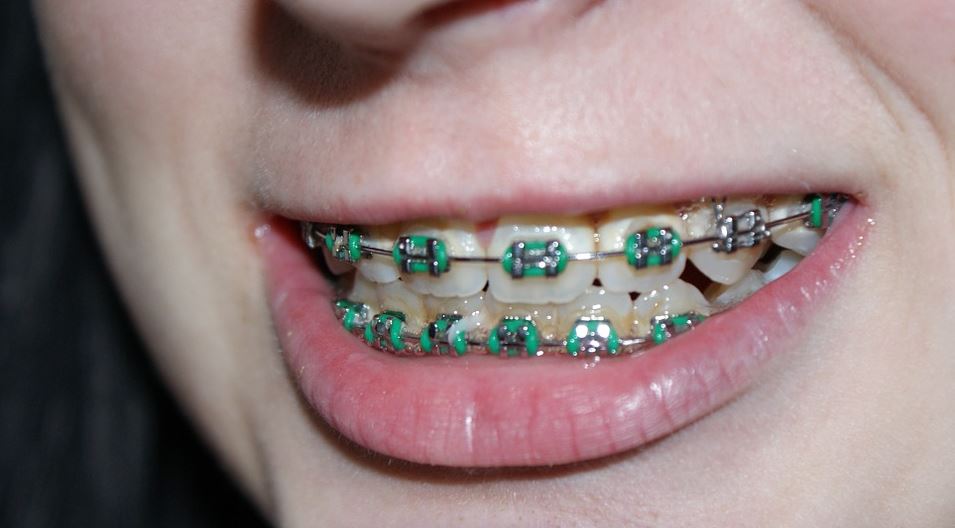When your teeth are overlapping or if you have wide gaps between your teeth, then you can visit an orthodontist for treatment with braces or aligners. Today, there are several types of braces available for teenagers and adults who have mild to serious dental malocclusions. First, you need an examination from an orthodontist to determine what types of malocclusions are inside your mouth, and your orthodontist will also collect X-rays. The types of braces that you can wear will depend on the severity of your malocclusions.
Removable Invisalign Aligners
If you have mild to moderate malocclusions, then you and your teenage child are often able to wear clear Invisalign aligners. These plastic devices are customized to fit over your teeth, but you will need 20 to 30 sets of aligners. Each set of aligners is designed with computer software to have a slightly different configuration to apply pressure against your teeth. This pressure will shift your teeth into the appropriate position. Treatment with aligners typically lasts from six months to one year.
Traditional Metallic Braces
When you are on a tight budget, you and your teenager can choose traditional metallic braces to repair moderate to severe dental malocclusions. These braces have metallic wires and brackets that other people can see, but the devices are an affordable option for repairing your bite and smile.
Modern Lingual Braces
If you or your teenager is embarrassed about wearing braces, then select lingual brackets and wires that are worn on the backs of your teeth. With these braces, it is nearly impossible for other people to see the wires and braces. Lingual braces are designed with computer software, so the devices will straighten your teeth in two to four years.
Color-Matching Ceramic Braces
When you want to wear braces on the fronts of your teeth, you can still have discrete treatment by choosing color-matching ceramic brackets and invisible wires. These types of braces are typically more expensive, and you must use extra precautions to avoid developing ugly stains on the ceramic brackets from certain foods and beverages.
Your orthodontist will give you directions concerning caring for your braces, including not eating certain foods such as tough pieces of meat or snacks such as popcorn. These foods can break the wires on the braces along with dislodging the brackets. In addition, you must care for your teeth correctly with flossing, brushing and using an oral irrigator to prevent tooth decay, bad breath or gum disease.

